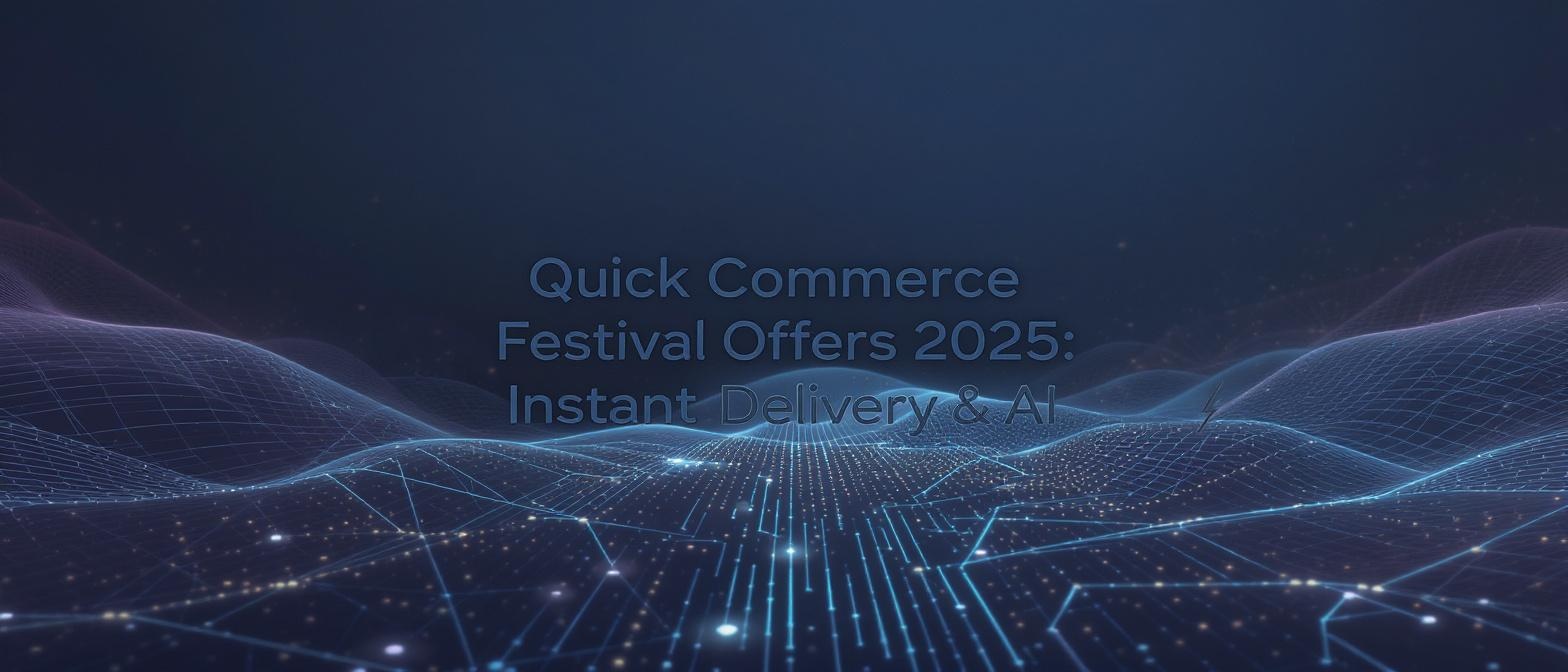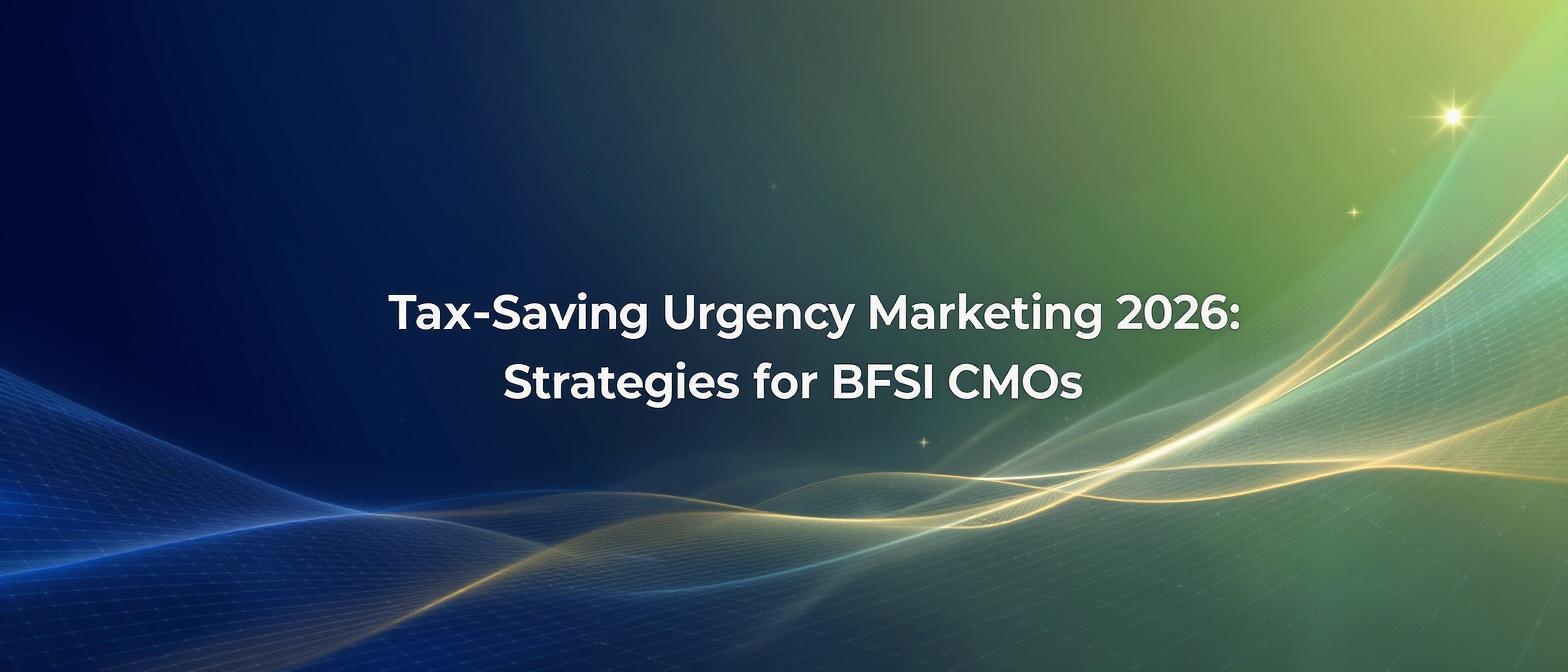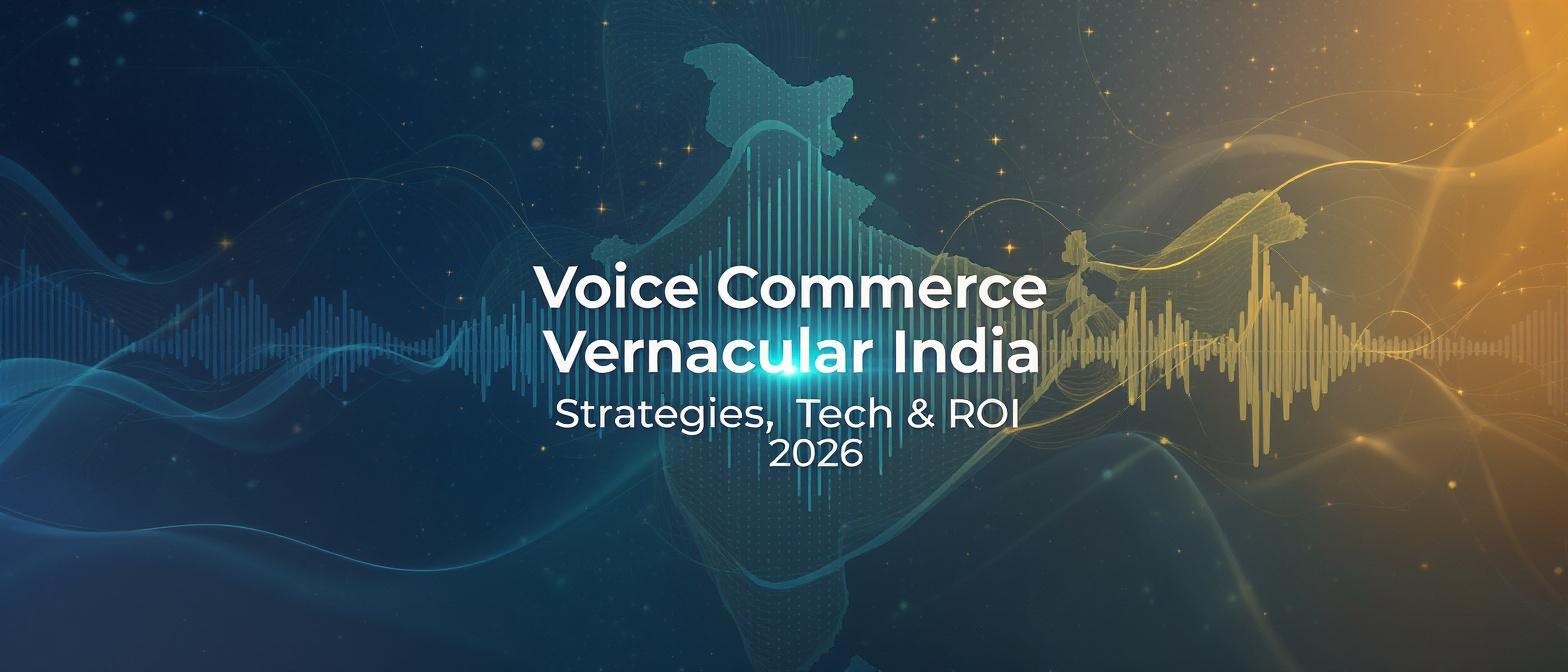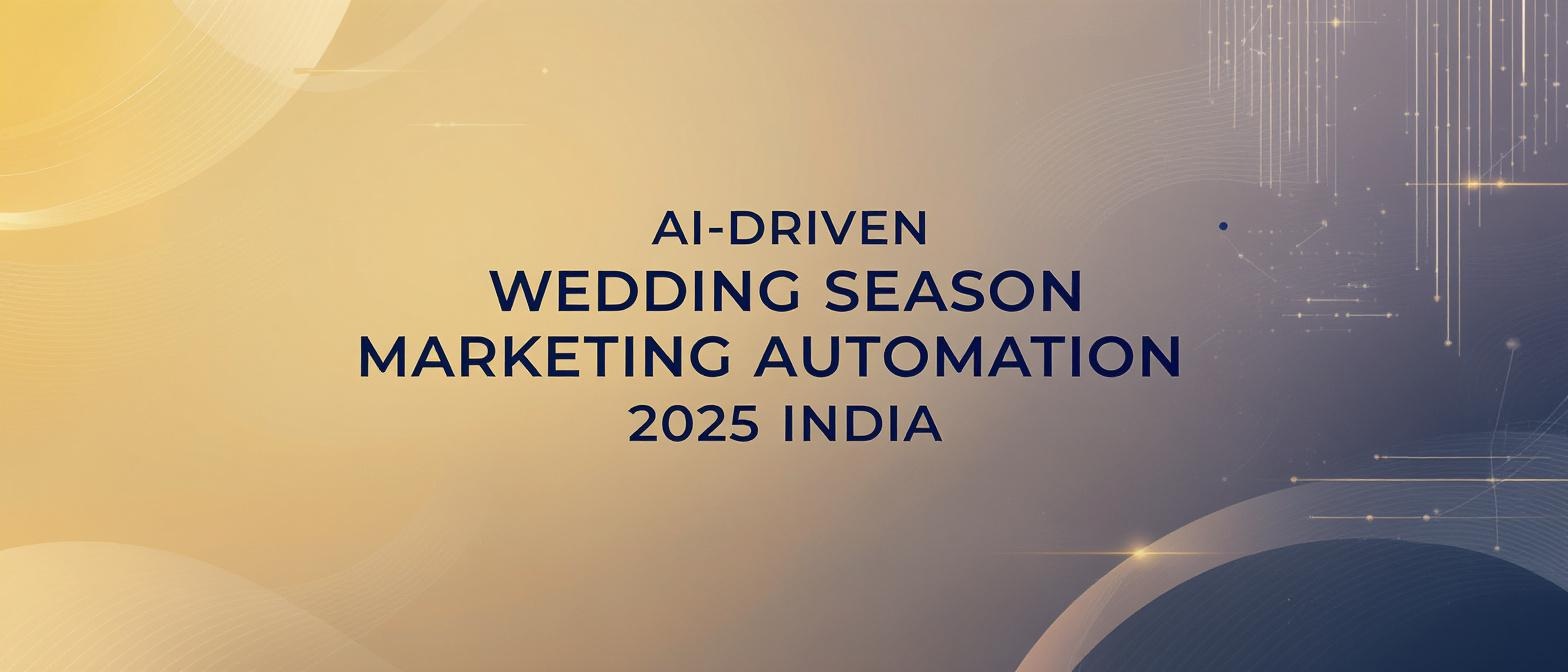The Ultimate Guide to AI Video UGC Creators: How to Scale Your Brand's Authenticity in 2025
Estimated Reading Time: 10 minutes
Key Takeaways
- AI video creators can mimic UGC while maintaining brand consistency.
- They reduce production costs and speed up video creation workflows.
- Hyper-personalization is now possible at scale for global audiences.
- Careful ethical considerations ensure transparent, authentic content.
- Combining organic UGC with AI-generated videos maximizes impact.
In the ever-shifting landscape of digital marketing, one truth remains constant: authenticity sells. Consumers crave genuine connection, and for years, User-Generated Content (UGC) has been the gold standard for building that trust. From unboxing videos to heartfelt testimonials, real content from real people drives engagement and conversions. But this authenticity comes at a cost: scalability. The very nature of organic UGC—unpredictable, raw, and time-consuming to source and manage—creates a bottleneck for growth-focused brands.
What if you could capture the persuasive power of UGC without the logistical nightmare? This is the revolutionary promise of the AI video creator. This guide explores how AI-powered platforms are demolishing the barriers to scaling video content, allowing marketers to produce authentic, on-brand UGC-style videos with unprecedented speed and efficiency. We'll dive deep into the technology, strategy, and ROI, providing a comprehensive playbook for integrating AI-driven UGC into your 2025 marketing arsenal.
The Scalability Paradox: Why Traditional UGC Can't Keep Up
User-generated content is marketing gold. A staggering 92% of consumers trust peer recommendations over traditional advertising , making UGC a powerful tool for social proof. However, the traditional UGC workflow is fundamentally broken for brands that need to move fast and scale globally.
The Core Challenges:
- Inconsistent Volume and Quality: Relying on customers to organically create and share high-quality content is a game of chance. You might get a viral hit one week and radio silence the next. The quality can range from cinematic to unwatchable, creating a disjointed brand image.
- Exorbitant Time and Resource Drain: The process of launching campaigns, sourcing creators, negotiating rights, editing submissions, and ensuring brand compliance requires dedicated teams and significant man-hours.
- Prohibitive Costs: While the content is “user-generated,” it’s far from free. Sourcing from top-tier creators can cost thousands per video, and even micro-influencer campaigns add up quickly. A professionally produced 60-second video can easily cost anywhere from $2,000 to $50,000.
- Global Localization Gridlock: How do you take a successful UGC campaign from North America to Japan? The traditional answer involves hiring local creators, translators, and video editors for every single market—a logistical and financial nightmare that kills momentum.
These challenges create a paradox: the more you grow, the harder it becomes to produce the authentic content that fueled that growth in the first place.
The AI Revolution: Redefining “User-Generated” Content
An AI video creator is a sophisticated platform that leverages artificial intelligence—including generative AI, machine learning, and natural language processing—to produce high-quality, realistic videos from simple text inputs. In the context of UGC, these tools create videos that look and feel like they were made by real customers, but are generated entirely by an algorithm.
This isn't about creating “deepfakes” or deceptive content. It’s about using technology to simulate the style and authenticity of UGC while retaining complete creative and quality control.
The Core Technology Stack:
- AI Avatars: These are hyper-realistic digital humans that can be customized to match any demographic. They possess natural-looking facial expressions, gestures, and movements, making them believable stand-ins for real people.
- Voice Synthesis & Cloning: Advanced text-to-speech (TTS) engines can generate lifelike voices in hundreds of languages and accents. Some platforms even allow you to clone your own voice (or a brand-approved voice actor’s) for perfect consistency.
- Automated Translation & Dubbing: AI can instantly translate a script into another language and generate a new voiceover, often with lip-syncing technology that matches the avatar’s mouth movements to the new audio.
- Generative Video Environments: AI can create custom backgrounds, apply brand assets (logos, color schemes), and even generate entire scenes based on text descriptions, eliminating the need for physical sets or stock footage.
By combining these elements, platforms like Studio by TrueFan AI enable marketers to move from a simple idea to a finished, localized video testimonial in a matter of minutes, not weeks.
Beyond Speed: The Transformative Benefits of AI-Powered UGC
Integrating an AI video creator into your UGC video marketing strategy unlocks benefits that extend far beyond simple efficiency. The impact is felt across your budget, brand consistency, and ability to connect with a global audience.
1. Unprecedented Scalability and Speed-to-Market
The most immediate advantage is the ability to scale content production exponentially. Imagine needing 50 unique video ads for an A/B testing campaign across five different social platforms. Traditionally, this would be an unthinkable task. With AI, you can generate hundreds of variations—testing different avatars, scripts, calls-to-action, and backgrounds—in a single afternoon. This agility allows brands to react to market trends in real-time and saturate channels with fresh, relevant content. Projections for 2025 estimate that the AI video generation market will reach $2.8 billion, a clear indicator of its growing adoption and power.
2. Drastic Cost Reduction and Resource Optimization
AI video creation fundamentally changes the economics of video production. It eliminates the need for expensive actors, film crews, studio rentals, and lengthy post-production cycles. A recent 2025 study on marketing budgets revealed that businesses using AI for content creation reported an average cost savings of 35% compared to traditional methods. These savings can be reinvested into other strategic areas like media buying or market research. Your creative team is freed from tedious production tasks to focus on high-level strategy and ideation.
3. Hyper-Personalization at Scale
Personalization is key to cutting through the digital noise. AI allows you to create bespoke video messages for specific audience segments with minimal effort. You can create a welcome video featuring an avatar that matches the viewer’s demographic, or a product tutorial that addresses a specific pain point mentioned in their customer journey. This level of personalization, previously reserved for high-budget account-based marketing, is now accessible to all. According to McKinsey, companies that excel at personalization generate 40% more revenue from those activities than average players.
4. Bulletproof Brand Consistency and Compliance
Organic UGC is a double-edged sword; its raw nature can sometimes lead to off-brand messaging or visuals. AI-generated UGC solves this problem entirely. Every video adheres strictly to your brand guidelines—from the script and tone of voice to the logos and color palettes used. This is particularly crucial for regulated industries like finance or healthcare, where legal compliance is non-negotiable.
5. True Global Reach, Instantly
For international brands, localization is the key to market penetration. With AI, global campaigns are no longer a logistical hurdle. A single, well-crafted video script can be instantly translated and rendered for dozens of markets. Studio by TrueFan AI's 175+ language support and AI avatars mean you can launch a product simultaneously in Paris, Tokyo, and São Paulo with authentic-feeling local testimonials, all generated from a single dashboard. This capability is critical, as a 2025 Common Sense Advisory report found that 76% of online shoppers prefer to buy products with information in their native language.
The Modern Marketer's Playbook: Implementing AI UGC Strategically
Adopting an AI video creator isn’t just about swapping one tool for another; it’s about rethinking your entire content workflow. Here’s a step-by-step guide to strategically integrating AI-powered UGC into your marketing funnel.
Step 1: Foundational Strategy - Define Your Goals
Before you generate a single video, clarify your objectives. Are you trying to:
- Increase Top-of-Funnel (ToFu) Awareness? Goal: Create engaging, shareable social media ads and explainer videos.
- Boost Mid-Funnel (MoFu) Consideration? Goal: Develop product demos, feature comparisons, and video testimonials for landing pages.
- Drive Bottom-of-Funnel (BoFu) Conversion? Goal: Produce personalized calls-to-action, case study summaries, and onboarding videos.
Your goal will dictate the style, script, and placement of your AI-generated content.
Step 2: Scripting for Authenticity
The success of your AI UGC video hinges on the script. The goal is to sound human, not robotic.
- Source from Real Reviews: Mine your customer reviews, support tickets, and social media comments for authentic language and pain points.
- Write Conversationally: Use simple language, contractions, and a natural cadence. Read it aloud to catch stiff or unnatural phrasing.
- Focus on a Single Idea: Each video should have one clear message. Don’t try to cram every feature into a 30-second clip.
- A/B Test Everything: Write multiple script variations to test which emotional hooks and value propositions resonate most with your audience.
Step 3: Avatar and Voice Selection
Choose an avatar that reflects your target customer persona. Consider demographics like age, gender, and ethnicity to ensure your audience sees themselves represented. The voice is equally important. Select a tone that matches your brand’s personality—whether it’s energetic and enthusiastic or calm and reassuring. Many platforms, including those from leading providers like Synthesia, offer a wide library to choose from.
Step 4: Generation, Iteration, and Distribution
Once your script and avatar are ready, the generation process takes mere minutes. But don’t stop at the first version.
- Iterate and Refine: Tweak the pacing, change the background, or try a different avatar. The low cost of generation means you can experiment freely.
- Optimize for Each Platform: Create versions in different aspect ratios (16:9 for YouTube, 9:16 for TikTok/Reels, 1:1 for Instagram feeds).
- Distribute Widely: Deploy your videos across paid social ads, organic social posts, email marketing campaigns, product landing pages, and even in your customer support knowledge base.
Step 5: Measuring What Matters - Proving the ROI
The true power of AI-driven content lies in its measurability. Track key metrics to prove its value and optimize future campaigns.
- Engagement Metrics: Monitor View-Through Rate (VTR), Click-Through Rate (CTR), and shares.
- Conversion Metrics: Use UTM parameters to track how many leads, sign-ups, or sales originate from your AI videos.
- Cost-Per-Acquisition (CPA): Compare the CPA from your AI video campaigns to those using traditional assets. Solutions like Studio by TrueFan AI demonstrate ROI through significant reductions in production costs, which directly lowers your CPA.
- A/B Test Results: Analyze which scripts, avatars, and CTAs perform best to continuously improve your strategy. A 2025 report from HubSpot emphasizes that continuous A/B testing can improve conversion rates by up to 49%.
The Ethical Compass: Navigating the New Frontier of Synthetic Media
The rise of AI-generated content brings valid ethical questions about transparency and authenticity. As a responsible marketer, it's crucial to navigate this landscape with integrity.
- Transparency is Key: While the goal is to create realistic content, you should not aim to deceive your audience. Many brands are finding success by being transparent, using disclaimers like “This presentation is delivered by a digital avatar” or even leaning into the technology as a point of innovation.
- Focus on the Message, Not the Medium: The value of your content should come from the information and solutions you provide, not from tricking someone into believing an avatar is a real person. The AI is a tool to deliver a helpful message at scale.
- Adhere to Platform Policies: Major platforms like Google and Meta are developing clear policies around AI-generated content. Stay informed and ensure your videos comply with all disclosure requirements. The Content Marketing Institute offers excellent resources for staying current on ethical marketing practices.
The Future is Now: AI's Expanding Role in Video Marketing
The technology powering AI video creators is evolving at a breathtaking pace. Looking ahead to the rest of 2025 and beyond, we can anticipate several exciting developments:
- Real-Time Video Personalization: Imagine a visitor landing on your website and instantly seeing a welcome video where an avatar addresses them by name and references their company.
- Interactive Avatars: Avatars will transition from delivering monologues to engaging in real-time conversations, acting as AI-powered sales reps or customer service agents.
- Emotionally Intelligent Delivery: AI will become even better at infusing scripts with nuanced emotional tones—excitement, empathy, urgency—making the delivery indistinguishable from a human actor.
Frequently Asked Questions
1. Can AI-generated videos truly replace authentic user content?
No, they are a powerful supplement, not a replacement. AI-generated UGC is perfect for scaling controlled messages like testimonials, ads, and tutorials. Organic, user-shot content still holds immense value for its raw, unfiltered authenticity. The best strategy uses both: AI for scalable, on-brand messaging and real UGC for raw social proof.
2. Is the technology difficult to use for a non-technical marketer?
Not at all. The leading platforms are designed with a user-friendly, intuitive interface. If you can create a PowerPoint presentation, you can create an AI video. The process is typically as simple as choosing an avatar, typing or pasting a script, and clicking “generate.”
3. What is the typical cost of an AI video creation platform?
Pricing models vary, but most platforms operate on a subscription basis. Plans are often tiered based on the number of video minutes you can generate per month, access to premium avatars, and advanced features like API access. Costs are significantly lower than traditional video production, with entry-level plans often starting under $100 per month.
4. How can I ensure the AI avatars don’t all look the same?
Leading platforms offer vast libraries of stock avatars with diverse appearances. Furthermore, many are introducing generative features that allow you to create unique avatars by combining different facial features or even create a digital twin of a real person (with their explicit consent). This ensures your content remains fresh and representative of your specific audience.
5. Which AI video creator is best for multilingual content?
When evaluating platforms for global reach, look for the number of languages and voices offered, as well as the quality of the automated translation and lip-syncing. For instance, you can leverage Studio by TrueFan AI for its extensive language library, which is a key differentiator for brands targeting multiple international markets.
6. Will audiences be put off by “fake” people in ads?
Initial data suggests that audiences care more about the value and relevance of the message than the nature of the messenger, especially in a commercial context. As long as the content is helpful, engaging, and transparently presented, viewers are generally receptive. The quality of the avatar and voice synthesis is crucial; high-quality, realistic avatars perform significantly better than robotic or uncanny ones.
Conclusion: Scale Your Authenticity, Own Your Narrative
The challenge of scaling authentic video content is no longer an insurmountable barrier. The AI video creator has emerged as the single most powerful tool for marketers looking to blend the persuasive power of UGC with the efficiency and control of a scalable production workflow.
By embracing this technology, you can create more content, reach more markets, and personalize your message in ways that were previously unimaginable. You can A/B test your way to higher conversion rates, slash your production budget, and free your creative teams to focus on strategy over execution. The future of video marketing isn’t about choosing between authenticity and scalability—it’s about achieving both. Start exploring the power of AI-driven UGC today and begin building the future of your brand’s story.





